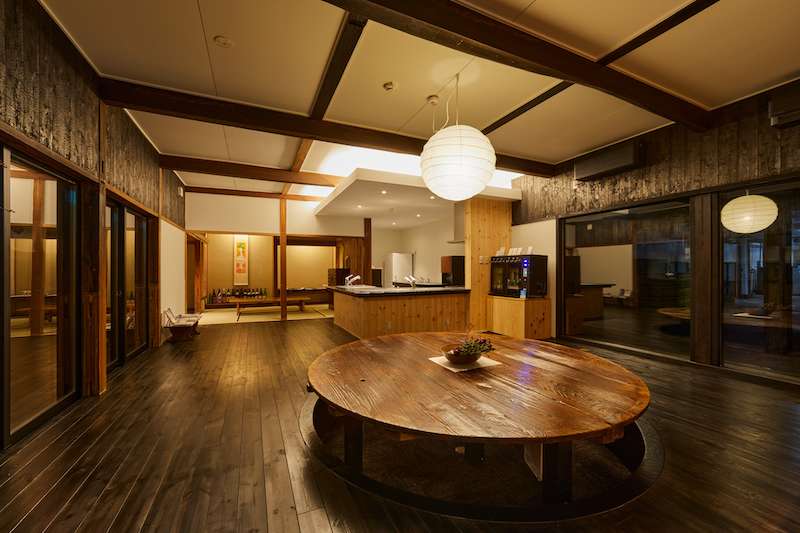5 Types of Sushi You Probably Didn’t Know About
The world of sushi is far more diverse than you might think!
Sushi may no longer need an introduction. So many people know what sushi looks like, even if they haven’t tasted it! Many people have encountered the most popular versions of sushi like nigirizushi, consisting of raw fish on rice, or maki rolls and hand rolls, where the shari (rice) and neta (topping) are wrapped in seaweed.
But Japan’s sushi is far more varied than you might think. Many prefectures have their own distinct style of sushi. Some come in different shapes (like round and colourful temarizushi, or pizza-shaped wedges of masuzushi from Toyama) and others even come wrapped in leaves (kakinohazushi from Nara, or sasazushi from Nagano and Niigata). Who knew sushi could be so diverse?
As you venture beyond major cities, you’ll likely find a style of sushi you enjoy, whether you prefer it spicy, vinegary or simply tasty. Here are five regional styles of sushi to keep a lookout for on your next visit to Japan!
Shimazushi on Hachijo Island, Tokyo
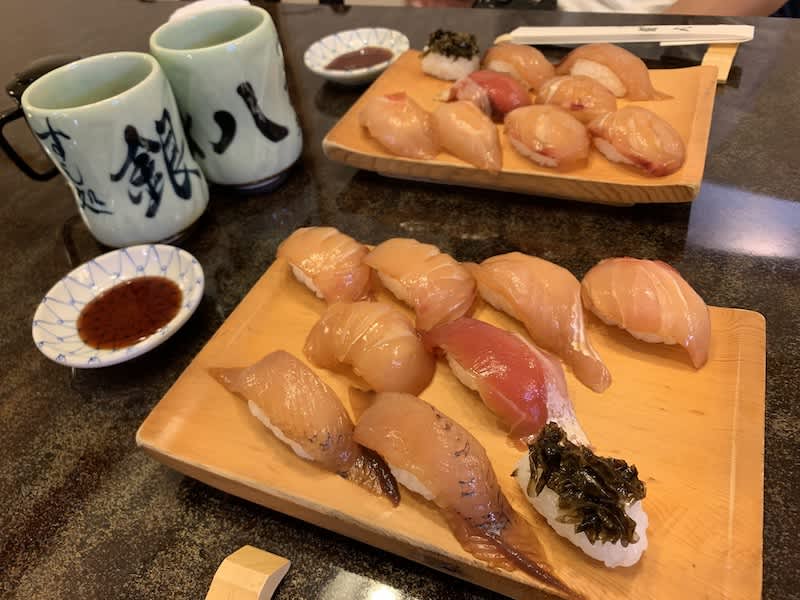
Soy sauce and wasabi are perfect to pair with sushi — or so everyone thinks. But on Hachijo Island, which is part of the special wards of Tokyo — it's a 55-minute flight away from Haneda airport — you won’t find the usual dollops of spicy green paste alongside your sushi. Here, they eat shimazushi or ‘island sushi’!
To make shimazushi, you take faintly sweet-and-vinegary rice and top it with locally caught seasonal fish marinated in soy sauce. The fish used here often includes fish you don’t commonly find in sushi restaurants, including flying fish. Add a dab of spicy karashi or Japanese mustard on top of the rice and place the fish on top.
Wasabi and karashi are definitely distinct from each other. Wasabi stimulates your nose when you eat it, and the kick you get from wasabi goes away quite quickly. Karashi, on the other hand, is made from crushed mustard seeds and resembles Western-style mustard, with a more powerful, intense sensation on your palate.
If you’ve always wished you could put cili padi on your sushi for a spicy kick, shimazushi is definitely one to try! A great place to start if you visit Hachijo Island is Sushi-dokoro Ginpachi.
Location information
| Name: Sushi-dokoro Ginpachi Address: 2521 Okago, Hachijo-machi, Hachijo-jima 100-1401 Tokyo Prefecture Website: https://ginpachi.net/osina.html |
Hakozushi in Osaka
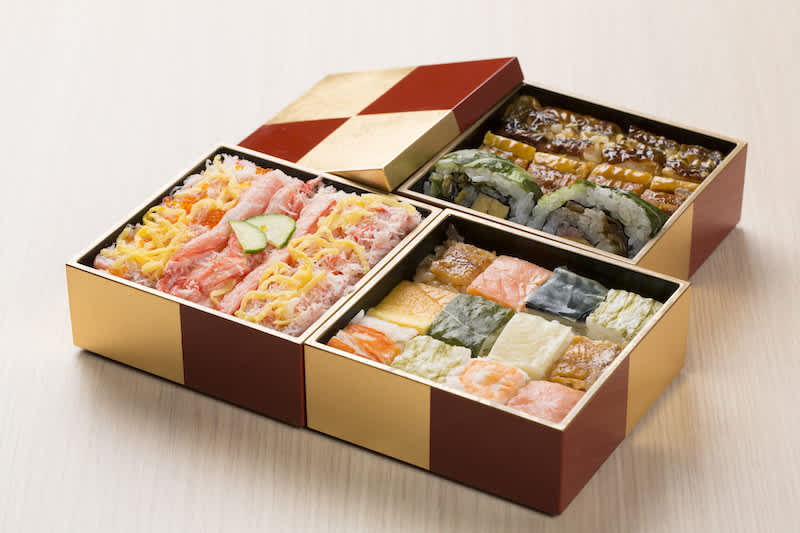
If you like your sushi rice vinegary, Osaka’s hakozushi or ‘boxed sushi’ is sure to be a hit with you.
Also known as oshizushi (‘pressed sushi’), its name is self-explanatory. This rectangular sushi consists of vinegared rice — like, sourer than the average — topped with fish such as mackerel, tuna and shrimp that’s been marinated in salt and more vinegar. This rice is pressed into a wooden mould, hence the name.
Commonly served with pickled ginger, soy sauce and wasabi, hakozushi is as sharp and tangy as you’d expect — your tastebuds will certainly wake up on your first bite! While this dish began as simple everyday fare, over time, sushi chefs adapted it into a more refined, beautifully presented dish, using more expensive seafood such as conger eel and red snapper.
If you’re in Osaka, a great place to try hakozushi is Yoshino Zushi, which has served the dish since the 19th century. Because of its elegant wooden packaging, it makes a beautiful gift or souvenir too!
Location information
| Name: Yoshino Zushi Address: 3-4-14 Awajimachi, Chuo Ward, Osaka, 541-0047, Japan Public transportation: 5-minute walk from Exit 11 of Yodoyabashi Station or Exit 3 of Honmachi Station Website: http://www.yoshino-sushi.co.jp/index.htm |
Funazushi in Shiga Prefecture
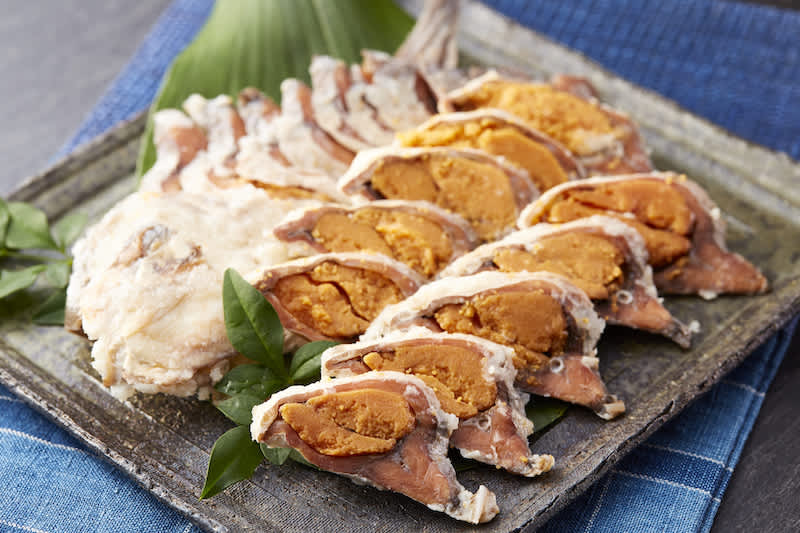
You might have tried sushi, but have you eaten… funazushi?
This ‘funky’ Shiga prefecture delicacy is one of the rarest forms of sushi in the world! It’s made with nigurobuna, a freshwater carp only found in Lake Biwa, Japan’s largest lake. Invented when people didn’t have refrigerators to keep fish fresh, the traditional way of making it begins with curing salted carp for at least one, ideally two years in wooden barrels. Then, it’s rinsed, dried and fermented for yet another one to three years in cooked rice. This means a minimum of three years of preparation — isn’t that mind-blowing?
All that fermenting time means that funazushi is a seriously cheesy, creamy, sour, salty, super-rich umami bomb. Imagine all the funk of durian, belacan and blue cheese in a single bite of sushi. Of course, it’s also considered a luxury food.
If you’re feeling brave, head over to Ganso Sakamotoya in Shiga to taste it for yourself!
Location information
| Name: Ganso Sakamotoya Address: 1-5-21 Nagara, Otsu City, Shiga Prefecture 520-0046 Public transportation: 12-minute walk from JR Otsu Station on the Biwako Line, or 7-minute walk from Hamaotsu Station on the Keihan-Kyoutsu Line Website: http://www.sakamotoya.biz/ |
Futomaki Matsuri Sushi in Chiba Prefecture
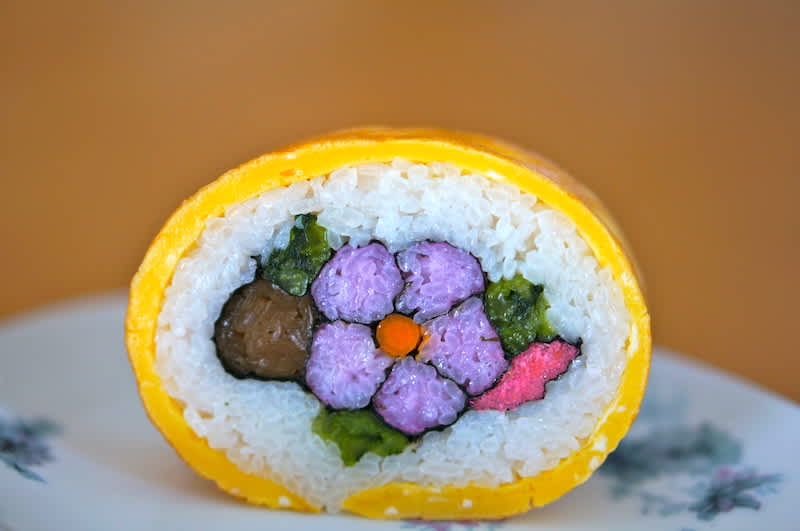
Colourful sushi? Yes, please! Unleash your inner rainbow child with futomaki matsuri sushi (literally ‘thick festival sushi roll’), a beloved style of sushi originating from Chiba Prefecture. While futomaki stuffed with all manners of ingredients and rolled in seaweed isn’t uncommon in Japan, these festival rolls from Chiba can be considered an art form.
Slicing the sushi roll reveals a gorgeous cross-section where the ingredients have been arranged such that they form a picture! You might see a cherry blossom motif in spring or Mount Fuji in winter. Other examples include plum blossoms, butterflies, pandas, and even kanji characters! The sky’s truly the limit here. It’s amazing what you can do with rice, eggs, and a variety of colourful vegetables.
As the name suggests, this style of sushi is usually eaten on special occasions. It’s a time-consuming dish to prepare, and as such, it’s a real treat when you can eat it! Fortunately, you don’t have to wait for a festival or special event in Chiba to try it — you can take a cooking class at a place like Hanamiyui to learn the secrets of futomaki matsuri sushi for yourself.
Location information
| Name: Hanamiyui Address: 1696 Miyayama, Kamogawa City, Chiba Prefecture 296-0112 Public transportation: 16-minute bus ride from Anbo-Kamogawa Station, followed by 15-minute walk from Yoshio Station (Bus Stop) Website: https://sites.google.com/site/kakashir410/experience/yuiinfo?pli=1 |
Kokerazushi in Kochi Prefecture
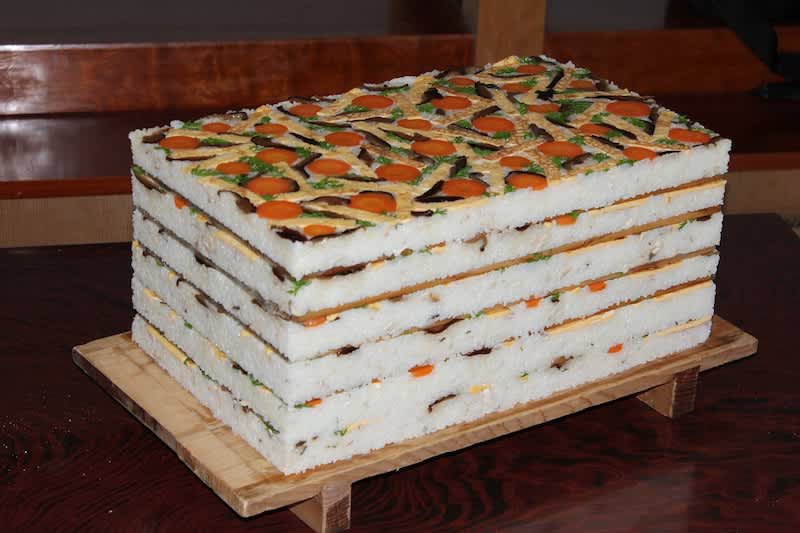
Sushi cake has become trendy in recent months. Not an actual cake, but rather rice layered with various raw fish in aesthetically pleasing designs to resemble a cake. But over a hundred years before people were posting heart-shaped salmon sashimi confections to Instagram, the inhabitants of Kochi Prefecture were making kokerazushi – arguably the world’s first sushi cake!
One place to try it is in Toyo, which is best known for its surfing competitions, but this regional specialty should probably be more famous. Yuzu juice and mackerel give the rice a savoury yet tangy flavour. On top of the base of this rice goes omelette, shiitake mushrooms, carrots, and carrot greens. Then, the cook compacts and presses it down with a wooden board. They repeat this process until they finish the ‘cake.’ The result is an impressive-looking, colourful multi-layered sushi that’s both fun to look at and eat. Simply slice into rectangles and devour.
Unsurprisingly, this dish was usually eaten on special occasions, as rice was once quite scarce. It’s still a dish eaten at celebrations, but now visitors to the town can also try it at None Kitchen on Saturdays. Is it worth the journey? We think so.
Location information
| Name: None Kitchen Address: 846 Hei, None, Toyo Town, Aki District, Kochi Prefecture 781-7301 Public transportation: 1-minute walk from None Naka-dori Bus Stop (Muroto Kannoura Line) |
If you’re a sushi lover looking for a new adventure, why not put these on your to-eat list for Japan? Regular sushi is great, but if you step out of your comfort zone and try some regional sushi, you might just find a new dish to fall in love with.
Discover more of Japan!
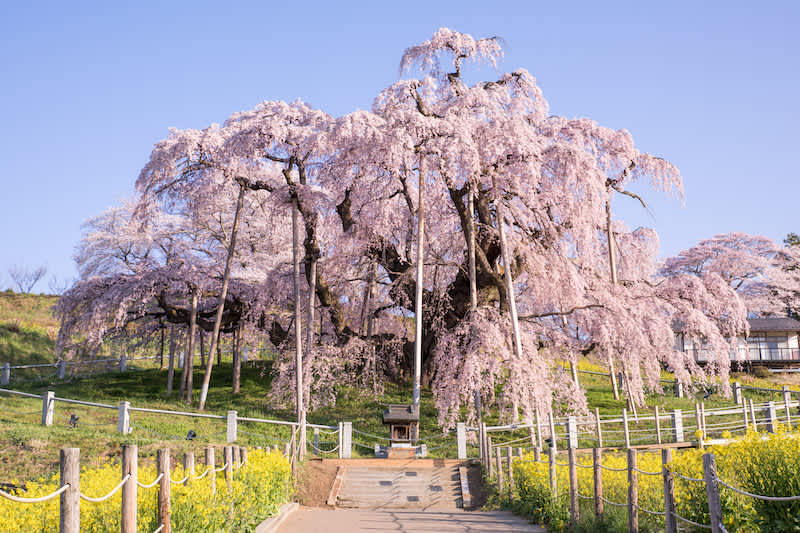
When Winter is Over: Cherry Blossoms to Catch
